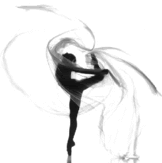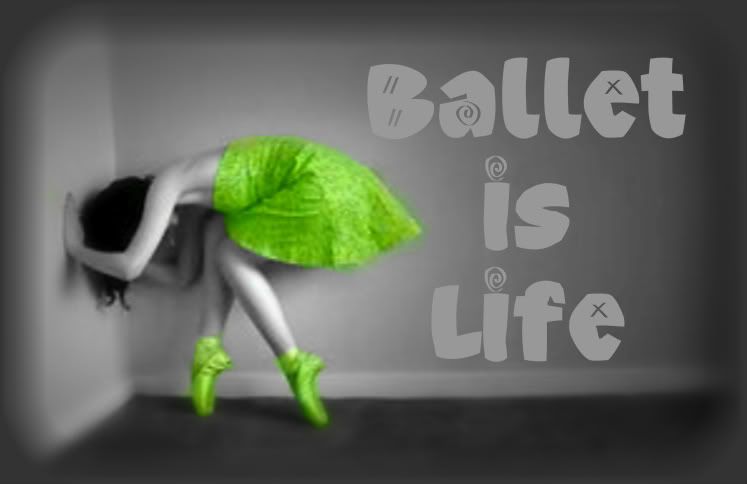
Ballet is a form of dance used to evoke emotions, convey moods,
and tell stories. Its techniques are used to give the illusion
of defying gravity and to give dancers the appearance of being
suspended in air. It is a form of great athletic ability and
grace and takes many years to perfect. The word ballet is French
in origin, but balleto was the term used first in Italy to
describe the dance interpretation of fencing. During the 15th
century Italian Renaissance these elaborate productions were
performed between courses of banquets in the courts of Italy. It
was out of the court of Queen Catherine de Medicis that the
ballet was brought to France. Her love of the art followed her
to France when she married King Henry II in 1553 and introduced
it to their culture. Louis XIV established the Acadamie Royale
de Danse in 1661 in France. It is interesting to note that at
first all dancers were men. They wore masks to play the role of
the women. It was not until 1681 that the first women appeared
in a theater production. Pointe technique is classic to ballet
today but it did not begin to develop until the late 1700’s.
Special shoes were not used at this time but soft slippers were
simply reinforced with darning. The Romantic Ballet was a period
during the 1800’s when women dominated the ballet in Paris. La
Sylphide first performed in 1832 initiated the popularity of the
white tutu which is still seen today. Decline in Paris of the
popularity of ballet began in the late 1800’s, but Denmark and
Russia preserved its integrity and brought back its popularity
with the opening of “The Ballets Russes” in Paris in 1909.
Famous names like Vaslav Nijinsky and Anna Pavlova emerged to
the forefront. The United States held open arms to the art and
two great American ballet companies were founded in New York in
1940, the American Ballet Theater, and the New York City Ballet.
More emphasis was being placed on athleticism and difficult
steps were admired. The influence of a younger audience was
being felt and changed the mood of the ballet by 1960. Popular
music like Rock and Roll and Jazz found its way into many
ballets at this time and broadened the popularity of this great
art. Contemporary ballet today combines classical ballet and
modern dance and does not adhere to the strict body lines set
forth by schools of ballet technique. One should still be in awe
of the beauty of ballet and the poise and mastery of the style.
Dancers are required to perform movements unnatural to the body
and yet they do it seemingly without effort. Ballet is an
experience and appreciation of the wonders of the human body in
motion. Just once in your life you need to be treated to the art
of ball
About the author:
Marty owns Perfect Ballet which helps people learn the secret
techniques of title="perfect ballet">perfect ballet






